If you’re just jumping in, don’t forget to check out the posts on selecting hardwood floors, preparing the floors for installation, and why hardwood floor glue is trying to seduce your boyfriend.
Now for the fun part: throwing those babies down!
We put down a chalk line straight across the middle of the floor and used hot glue to lay the first line of hardwoods so they’d be parallel to the hallway walls. The first line of boards we laid were scraps which we later removed. This gave us a guide for the first real rows, because the chalk line disappeared pretty quickly.
 Hot glue, though it’s always trying to melt your flesh right off your hands, is a friendly, happier cousin to hardwood floor glue. Once you start in with the hardwood glue, you understand where I’m going with this distrust.
Hot glue, though it’s always trying to melt your flesh right off your hands, is a friendly, happier cousin to hardwood floor glue. Once you start in with the hardwood glue, you understand where I’m going with this distrust.

This is how it works: you spread the glue in a little patch, add a couple boards before the glue dries, and move on. You have to move fast, otherwise the glue will dry too fast, ruin your day and bully your children. And don’t touch it, because – I’m not kidding you – it doesn’t come off your skin for days!
I still have significant portions of my wardrobe which bear the scars from this process.
Here’s one of the most important things to know: laying hardwoods is physically demanding, yes. You have to be strong and have a good back and push the boards with lots of muscle to lock them in together. It’s not a job for me people who aren’t superman.
It takes a special person to do the most important job of all: selecting which board to install next. Making sure the seams stay random and board colors are varied is a highly demanding job that requires extreme intelligence, skill and a college degree.
At least, that’s what I told myself while Andy was sweating and miserable and I was skipping back and forth choosing boards for him to painstakingly install.
So you go through this process:
- Spread glue over about a two-foot area.
- Add boards quickly. You have to use a hammer – with a scrap piece of flooring as a buffer – to really nail them together and close in the gaps.
- Try unsuccessfully to get the glue off your hands, and repeat.
- When you have a pretty good little span of boards going, it helps to use painter’s tape to keep them snuggled up tight with each other, or they’ll separate as they dry. (See pic above.) We didn’t learn this until the very last room.
It’s doable, but time-consuming. We were doing this installation while working full-time jobs, so we found we could do about eight rows of boards per night. Over 1200-ish square feet of our downstairs area? That took…
I could have almost completely gestated an entirely new human being in that time. Just to put it into perspective.
But the end result? *Love.*


I will say this: these floors are a little glossy and a lotta dark, which means they show everything. Every scratch, every dent, every speck of dust glows like a frigging neon light. Next time, I would go with a matte finish so I could go ten minutes without vacuuming.
But the moral of this story: I heart my latin lovah. For all time. It’s lurve.
 Hi, I'm Kelly. Glad you're here! This little blog is where I chronicle our efforts to fix up our beaten-down home on a tiny budget. We're not there yet, but here's a peek at the view along the way...
Hi, I'm Kelly. Glad you're here! This little blog is where I chronicle our efforts to fix up our beaten-down home on a tiny budget. We're not there yet, but here's a peek at the view along the way...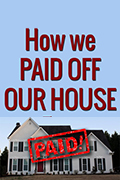
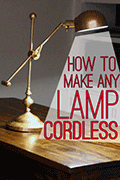
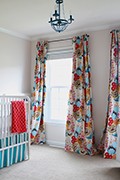
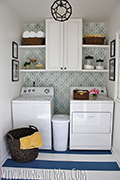
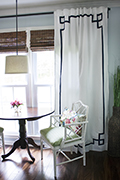


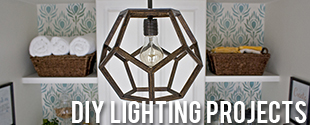

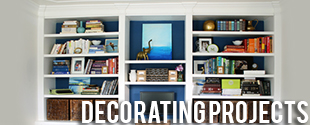
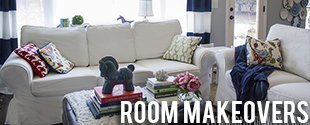
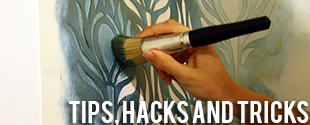
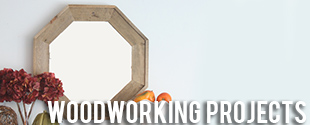
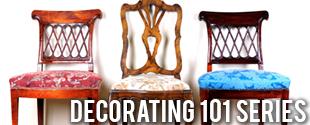
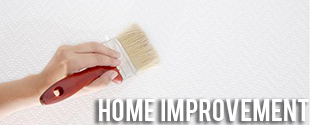

Wow they are beautiful! Great job!
the floors are beautiful! and, on a side note, you crack me up! 🙂
lol about cleaning the floors. ours aren't that dark, they are medium dark, but they still show everything!
Ha! I’m so glad I found your site (thank you pinterest) – I can totally sympathize with the glossy floor problem. We installed the technically cheaper (though you got a really good deal on your floors) cousin called laminate and OM gosh you can see everything on those darn boards. *Sigh* Lessons learned eh?
Hello!! You did an awesome job!! I am getting ready to redo our floors. I have selected our flooring and I think I am leaning towards a glue down installation instead of the floating floor option. I have a questions regarding noise. Since there is no pad under the floor do you notice the floor is noisey when you walk on it? Thanks for your help!
Hey! I was just passing through and I saw your comment and thought I’d help. The hollow sound of floated installations comes from the fact that there is a space between the subfloor and the wood. Using a fibrous underlay (like quiet walk) will help muffle the sound if you float it, but a gluedown installation eliminates the space and thus the hollow echo of your footsteps. It also secures the boards better so they don’t flex with your weight. I’ve lived on both floated and glued down and I would never go back to floated! Hope this helps 🙂
On another note- thanks to the author for the helpful post! I’ve sold flooring for a large company for 7 years, and, as much as I love the company, the simple fact is a DiY install would cost us about half as much to hardwood our new house. I appreciate you sharing!